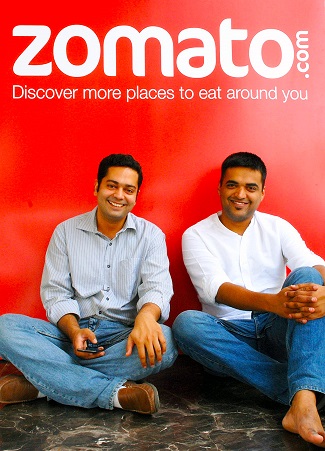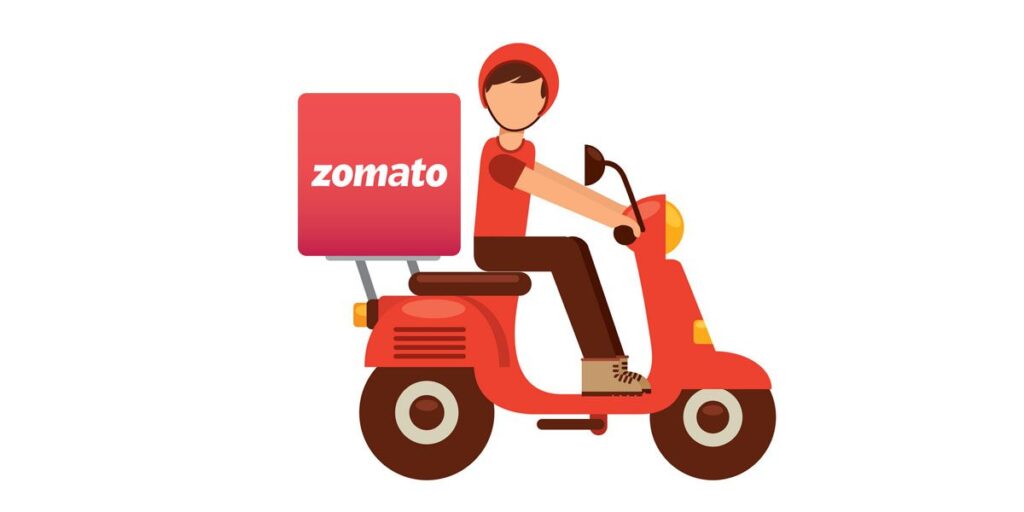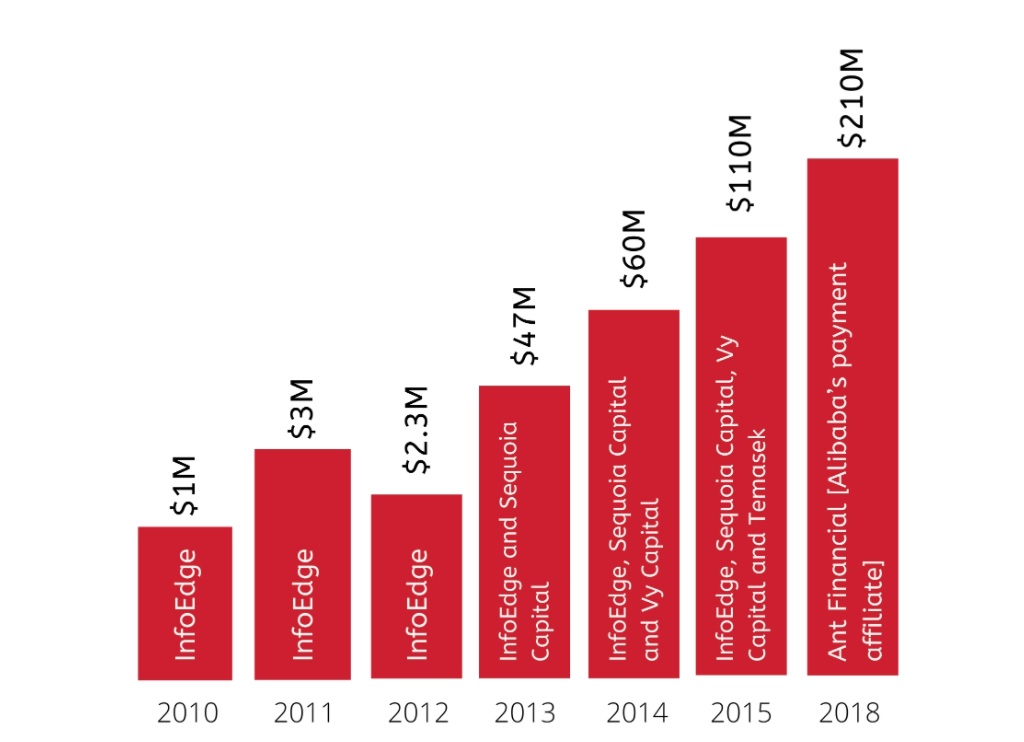To eat is a necessity, but to eat intelligently is an art.
Thus goes the saying. However, only a few can successfully implement it. The entrance of Zomato into the food industry is one of such rare examples.
Well, there was a time when ordering food online was a much more difficult task. Calling different restaurants over and over to place an order and involving a lot of time to explain the directions and reservations were a common practice. It was altogether a lengthy process for both the restaurants and the customers. That was until an idea popped up in the minds of two IIT Delhi alumni Pankaj Chaddah and Deepinder Goyal, about an application called Zomato which changed the entire storyline.
Bringing a radical change in the traditional procedure, the two co-founders of the Food-Tech giant have traveled quite a long way towards their dream.
How it all started
The story dates back to July, 2008. Zomato actually started in the office of Bain & Company in Delhi. Deepinder and Pankaj were employees at the time. During lunchtime, they used to see people queueing up to give their meal orders and waiting for their turn to come. Even getting a glimpse of the menu card was pretty difficult. The entire process consumed an unnecessary amount of time. In order to ease the process, they came up with an immediate solution which later on culminated into Foodiebay.com. Foodiebay became a prologue to Zomato.

Initially, they started uploading soft copies of the menu card on the website. This got a very positive response from everyone in the office as a lot of their time was saved in the process. Gradually, as the website gained more traction, they decided to expand even further.
The idea behind Zomato
Foodiebay which was initially listing restaurants from Delhi NCR, quickly widened to cities like Mumbai and Kolkata. The first professional restaurant menu that Deepinder and Pankaj uploaded onto their site was that of Hauz Khas in Delhi.
The word of mouth spread rapidly and a large number of people started using the website on a regular basis. It was this huge response from the consumers that inspired both the co-founders to think of going PAN India with this idea. Thus, they decided to rename the site. They wanted to come up with something easier to remember. So Foodiebay was modified into ‘Zomato’ to make it more attractive and also to avoid the confusion with the website eBay.
In 2010, Foodiebay was officially rechristened as ‘Zomato Success Story’.
As the usage of Zomato amplified with time, the founders came up with the idea of creating a mobile friendly application for the users. Thus, the Zomato app was built to simplify the access.

The rapid inflow of investors
From the very first day of its foundation, Zomato maintained a unique business model. This managed to garner the attention of a lot of investors. The continuous inflow of funds aided the expansion of Zomato to a great extent.
As the first breakthrough, Deepinder’s and Pankaj’s idea fascinated Sanjeev Bikhchandani, the founder of the job search engine Naukri.com. In December of 2010, Sanjeev Bikhchandani funded Zomato with a lump sum of 1 million USD through his company Info Edge India.
Next year, again the same investors provided with a huge amount of 3.5 million USD and again in the year 2013, Zomato received a staggering 10 million USD from Info Edge India. Thus, Info Edge India holds nearly 50% of the shares in the start-up.
Other financiers of Zomato include Sequoia Capital, Vy Capital and Temasek.

The funding allowed Zomato to expand into more cities across India. They were now able to operate in cities like Hyderabad, Ahmedabad, Pune, Chennai as well.
In 2012, Zomato extended its services internationally involving countries like Dubai, Sri Lanka, United Kingdom, South Africa, Turkey, and New Zealand.
The key factors that led to this gigantic success:
- The ingenuity of the founders and their capability to execute plans played a vital role.
- The consumers quickly connected with the idea Zomato introduced. Needless to say, it was the pioneer of online restaurant in India. Being the first player in the industry helped Zomato sail through. The investors also believed in the vision and the potential of Zomato.
- The founders consider that hiring the correct team of people has been one of the pivotal reasons for the company’s startling growth. It was also the biggest obstacle they encountered while building Zomato.
- An outstanding market analysis kept the catalog ever evolving. Zomato never lost sight of its competition. With Swiggy making it big into the market, the company had to pay distinct attention to its immediate rivals. It continued to announce new offerings in order to stay ahead of Swiggy.
The recent figures:
Presently, there are over 100 million Zomato users worldwide. Big restaurants from all around the globe have partnered with Zomato.
Apart from this, Zomato has multiple revenue channels including food delivery, subscription programs, live events White Label access, Zomato kitchens, Hyperpure and Zomato Gold. They are also explore the the evergreen market of groceries.
In 2017, Zomato claimed that it was operating profitably in all 24 countries along with rolling out a zero commissioned model.
Right now, Zomato clocks 3 million orders on a monthly basis with 1.4 million restaurants involved.
Altogether, Zomato scripts a glorious story of how just an idea can transform itself to a successful brand with hard work and long-term dedication. Since the whole idea was to comb through every street in every city to provide best food experience to the users, there have been multiple ups and downs. However, both the co-founders are never disheartened by the small downfalls they face in the journey.
They don’t want to limit Zomato to the current figures and one day hope to be a global player operating all around the world. Zomato also remains India’s first-ever global application.
